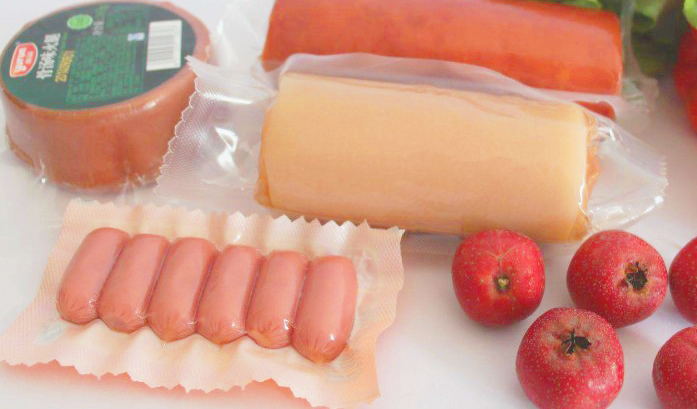Characteristics and application of food flexible packaging
Functional coextrusion film is also known as soft packaging. Flexible packaging is a common and important form of packaging for food and medicine. However, in the gravure printing process of flexible packaging, if the control is not good, it may cause the problem of excessive residual organic solvents and affect people's health����。
With the development of society, people's living standards and health awareness are gradually improved. Consumers have broken the traditional packaging. Based on the basic conditions of traditional packaging, they have developed more safety, environmental protection, convenience and other requirements, and achieved successful application in different fields. Functional coextrusion film is a kind of composite film which uses multi-layer coextrusion film composite technology to combine a variety of substrates with different properties.
Single layer film - transparent, non-toxic, impermeable, with good heat sealing bag making, heat and cold resistance, mechanical strength, oil resistance, chemical resistance, anti adhesion. It can be prepared by extrusion blowing, extrusion tape casting, calendering and solvent tape casting. The heat sealing performance of the monolayer film is not only related to the relative molecular weight distribution and molecular disproportionation degree of the resin, but also to the process conditions such as temperature, cooling rate and blowing ratio. Composite film a single layer film has certain advantages, but also has inherent shortcomings, often difficult to meet the requirements of a variety of packaging performance, multi-layer different substrate composite, that is, can learn from each other, give full play to the comprehensive advantages of wet composite

If it is a non porous material, the coating drying may be poor, then the quality of the composite film will decline. Dry composite film method: coating adhesive on the substrate, let the glue dry before pressing and laminating, so that different substrate films can be bonded together. Dry composite method can be used in a wide range of substrates, including plastic plastic, plastic foil, plastic cloth or paper, paper foil.
The thickness of each layer of film can be precisely controlled. The composite film can be printed on the surface and printed on the inner layer. Due to the environmental pollution and residual toxicity of solvent binder, dry composite film is forbidden to be used in food and drug packaging in the United States and Europe. For the residual amount of toxic components in composite adhesive, the national health standards have strict provisions.
